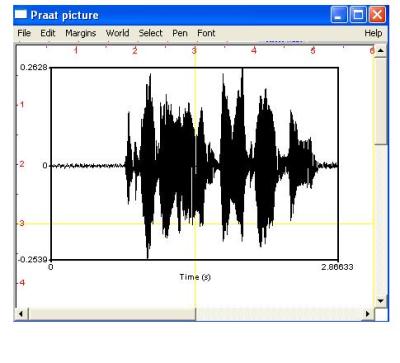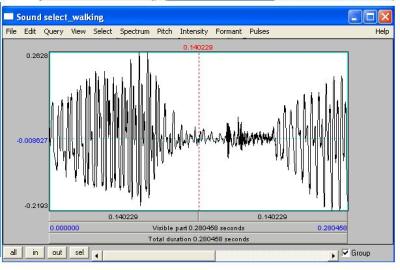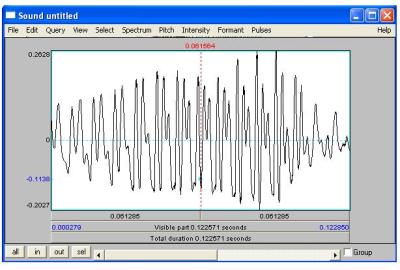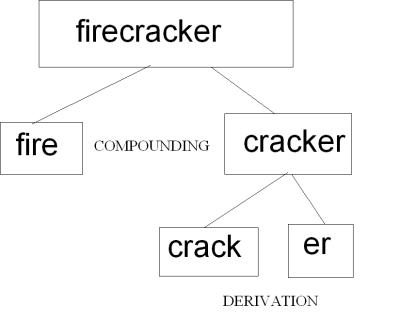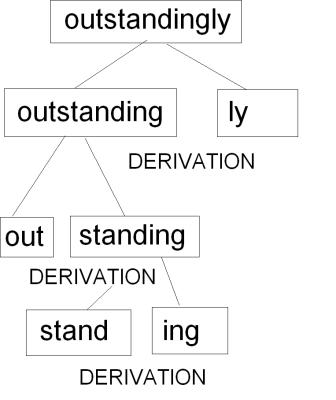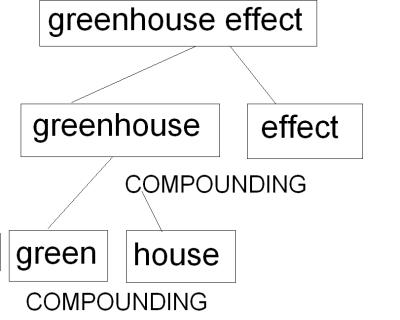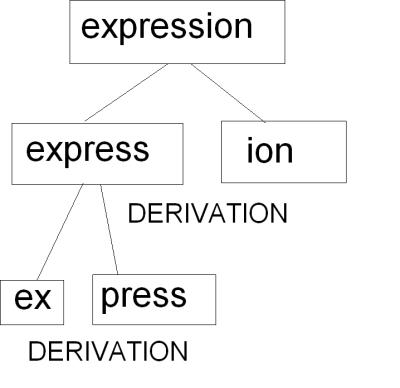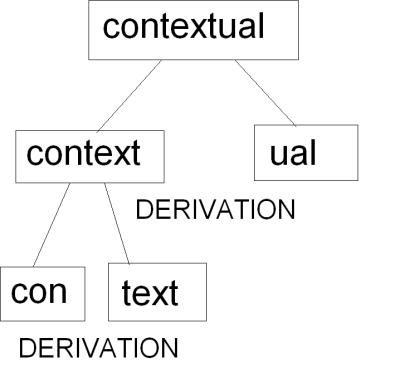This session was dedicated to the structure of a dictionary.
Quiz 1
What is the megastructure?
klick
What is the macrostructure?
klick
What is a semasiological dictionary?
klick
What is an onomasiological dictionary?
klick
Quiz 2 (microstructure)
How many types of lexical information can you find?
- spelling
- pronunciation
- definition
- examples
- genus information for substantives
Is the microstructure of a semasiological dictionary typically a list, a tree or a network?
a list
What kind of structure do the combined macrostructure and microstructure of a semasiological dictionary have?
The structure is a table.
Quiz 3
What is the microstructure of a dictionary?
klick
What kind of lexical information is contained in a dictionary's microstructure?
lexical information within lexical entries:
- meaning: pragmatics and semantics --> definition, examples
- structure: syntax and morphology --> words' construction, place within a sentence
- appearance: orthography and pronunciation
Describe the two dimensions of tyoes of lexical information
These are microstructure and macrostructure.
Quiz 4 (mesostructure)
How do lexical entries relate to each other?
Often entries are linked with each other, e.g. when a word that is defined in one entry appears in another.
How do lexical entries relate to text corpora?
Sometimes an example sentence is given in the definition of a particular word. This example might be an invented one but it can also be an literature example taken from a different book. So there are not only relations between different entries within the same dictionary but also relations between the dictionary and other literature.
Quiz 5
What is the mesostructure of a dictionary?
klick
Give examples of mesostructural elements concerning
- linguistic description references:
habitat bot., zo. Lebensraum m
--> use of abbreviations
(from Langenscheidts Universal-Wörterbuch Englisch-Deutsch Deutsch-Englisch, Langenscheidt KG, Berlin und München, 1997)
- cross-references between related entries
- hump Höcker m, Buckel m, ~back --> hunchback
(from Langenscheidts Universal-Wörterbuch Englisch-Deutsch Deutsch-Englisch, Langenscheidt KG, Berlin und München, 1997)
- corpus references:
- hunchback (...) "One day, when the tailor was hard at work, a little hunchback came and sat at the entrance of the shop, and began to sing and play his tambourine."
(taken from thefreedictionary.com)
Homework:
Take one of your dictionaries and describe in as much detail as possible its megastructure, macrostructure, microstructure and mesostructure.
Dictionary used: Langenscheidts Universal-Wörterbuch Englisch-Deutsch Deutsch-Englisch, Langenscheidt KG, Berlin und München, 1997
Megastructure:
- cover
- short list of the most important abbreviations
- table of contents (ordered according to letters, e.g. "A ------ pp. 11-26")
- title page
- table of contents (for the entire dictionary)
- information on how pronunciation, orthography differences between BrE and AmE, etc. are marked within the entries
- list of abbreviations
- entries
- appendix containing numerals, measures of length/temperature/currency, list of irregular words
- table of contents (again according to letters)
- explanation of IPA-characters
Macrostructure:
semasiological
Microstructure:
- spelling
- pronunciation
- translation
- genus/numerus
- examples for use
Mesostructure:
- links between entries
- links between entry and mini-grammar (e.g. use of abbreviations)
